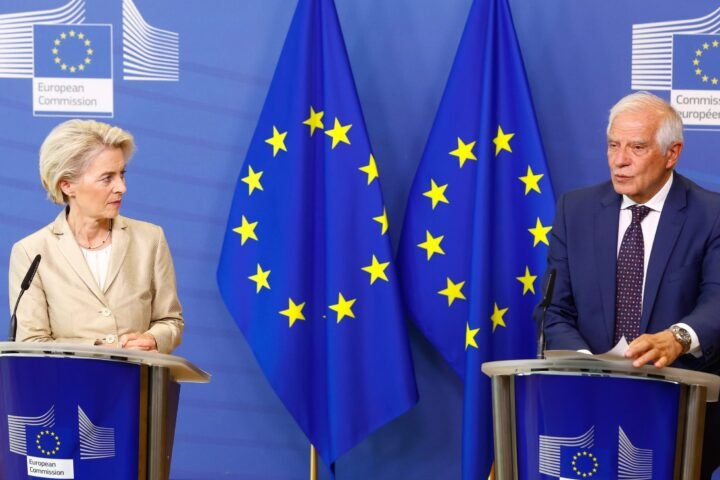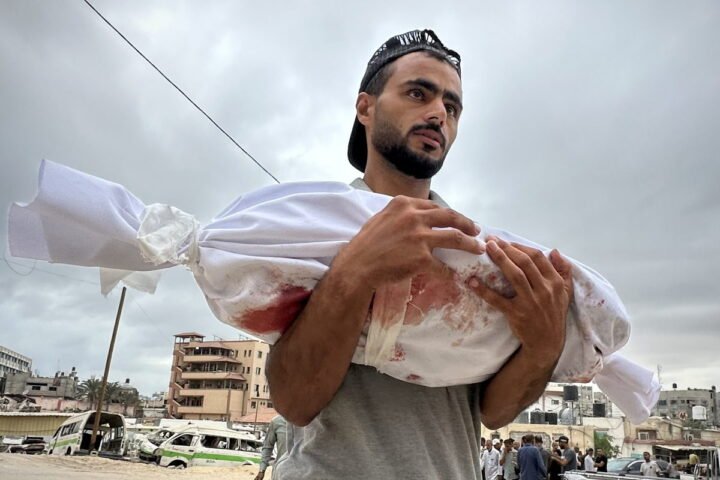Iranian President Ebrahim Raisi has died in a helicopter crash, according to the country’s state media. But who was Raisi and what will happen in the Middle East in the wake of his death?
After hours of uncertainty, Iranian media on Monday morning confirmed that the country’s president, Ebrahim Raisi, had died in a helicopter crash the previous day.
The helicopter was carrying the 63-year-old ultraconservative president as well as Foreign Minister Hossein Amir-Abdollahian and others in East Azerbaijan province.
But exactly who is Raisi, who, after conservative and moderate rivals were disqualified by a hardline oversight body, came to power in 2021 replacing the moderate outgoing leader Hassan Rouhani, and what might happen in Iran and elsewhere in the wake of Sunday’s accident?
Early career and deadly purges
Born in 1960 into a strictly religious family in the country’s second-largest city, Mashhad, Ebrahim Raisi underwent extensive theological training and holds the title of hojatoleslam, which literally means “authority on Islam.” In Iran’s religious hierarchy, the position is second only to the ayatollah.
Raisi’s career began at the age of 20 in the wake of the 1979 Islamic Revolution when he was appointed prosecutor general of Karaj, a suburb of Tehran.
He was later deputy prosecutor in Tehran during the 1988 sham trials of political
prisoners which would become known as “death commissions.”
While the number of people killed across the country was never confirmed, human rights groups put the minimum estimates at around 5,000 victims of the purges.
Raisi’s time in power
Raisi was often seen as a frontrunner to succeed Ali Khamenei as Iran’s Supreme Leader. His presidency has seen a deadlock in nuclear negotiations with the United States over the Joint Comprehensive Plan of Action (JCPOA) and large-scale unrest across the country at the end of 2022 following the death of Jina Mahsa Amini, who died in custody after being detained by the morality police for allegedly improperly wearing a hijab.
During Raisi’s term, Iran also intensified its uranium enrichment and supported Russia over Moscow’s decision to invade Ukraine.
Last month, Iran launched a missile and drone attack on Israel amid the ongoing conflict in Gaza, as well as continuing to arm proxy groups such as Hezbollah and the Houthi movement.
Israel, with the help of the US, the UK, Jordan and others, intercepted nearly all the hundreds of missiles and drones.
The ongoing war between Israel and Hamas has drawn in other Iranian allies, with every move raising fears over a wider conflict.
Earlier this month, Raisi said that “Iran supports the legitimate defense of the Palestinian nation,” while praising the “resistance” efforts of Hamas.
What happens next?
Already before the death was officialy confirmed, the supreme leader, Ali Khamenei, urged Iranians to “not worry” about the leadership of the country, saying “there will be no disruption in the country’s work.”
According to Article 131 of Iran’s constitution, if a president dies while in office, the first vice president takes over, with the confirmation of the supreme leader.
A council consisting of the first vice president, the speaker of parliament and the head of the judiciary must then carry out an election for a new president within 50 days.
Whether Raisi’s death will affect the stability in the region remains to be seen, but the West, among others, will be keeping a close eye on proceedings and how Iran responds.
Source: Dw








